WHY PHYTONUTRIENTS?
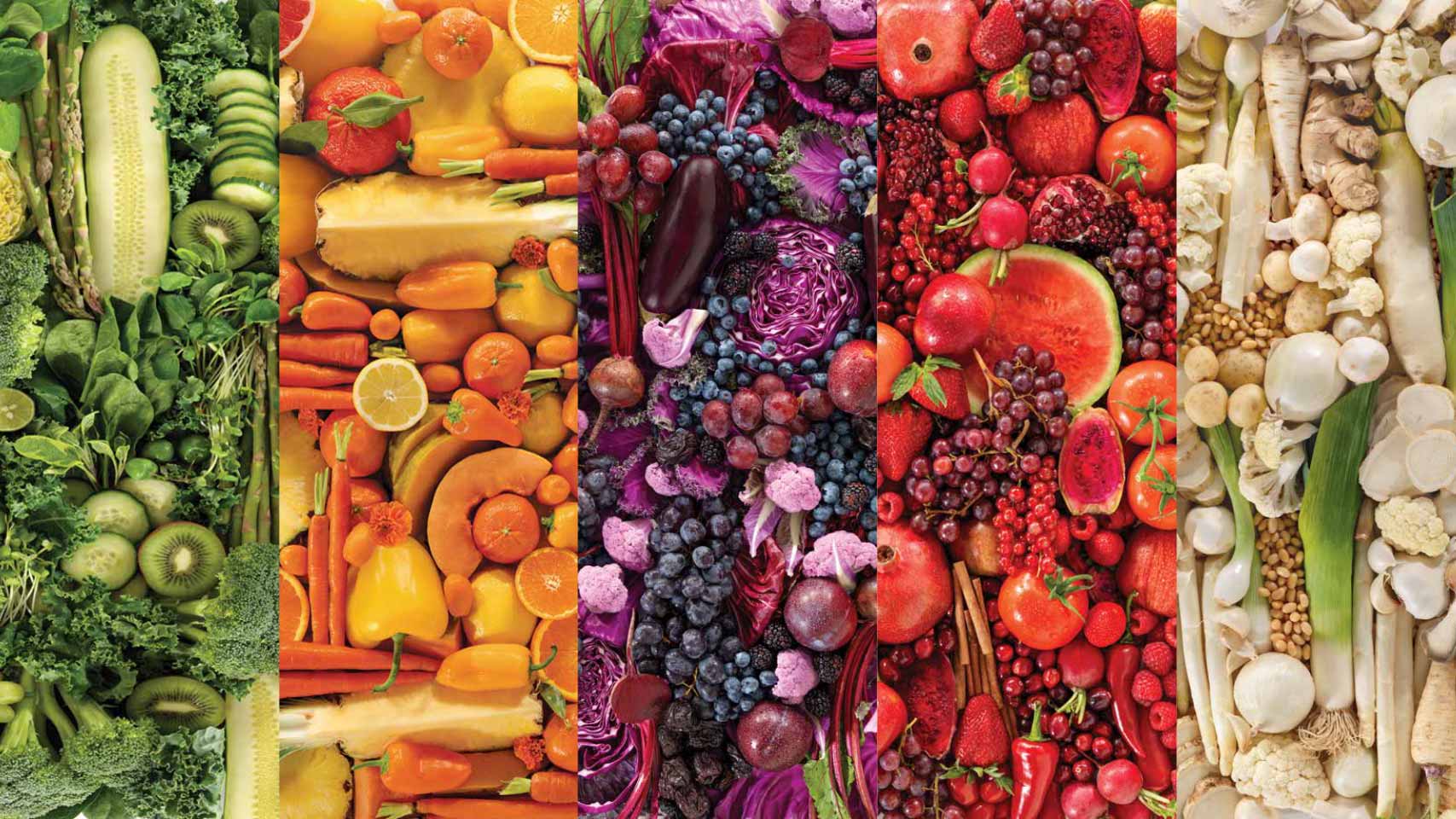
PHYTO – Greek word for “Plant”
NUTRIENTS – Life-enabling substances
Unlike vitamins and minerals, phytonutrients are not essential for keeping us alive. However, consuming an adequate amount of phytonutrients through food or supplements will help keep our bodies functioning at an optimum level.
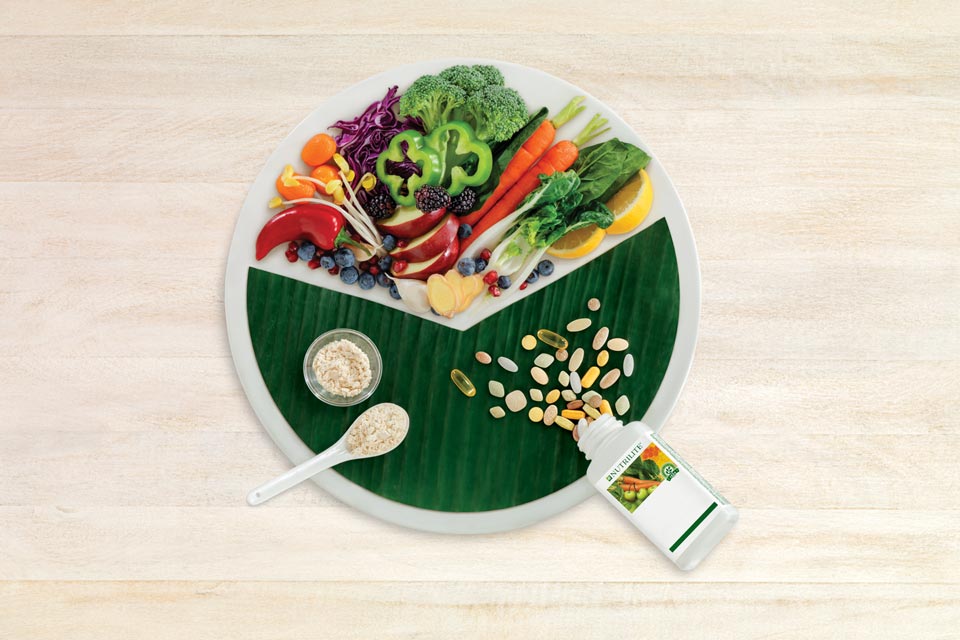
Bridge the Nutritional Gap
When you can’t eat the recommended amount or variety of colourful fruits and vegetables every day, we bridge the Nutritional Gap with plant-based dietary supplements containing phytonutrients.
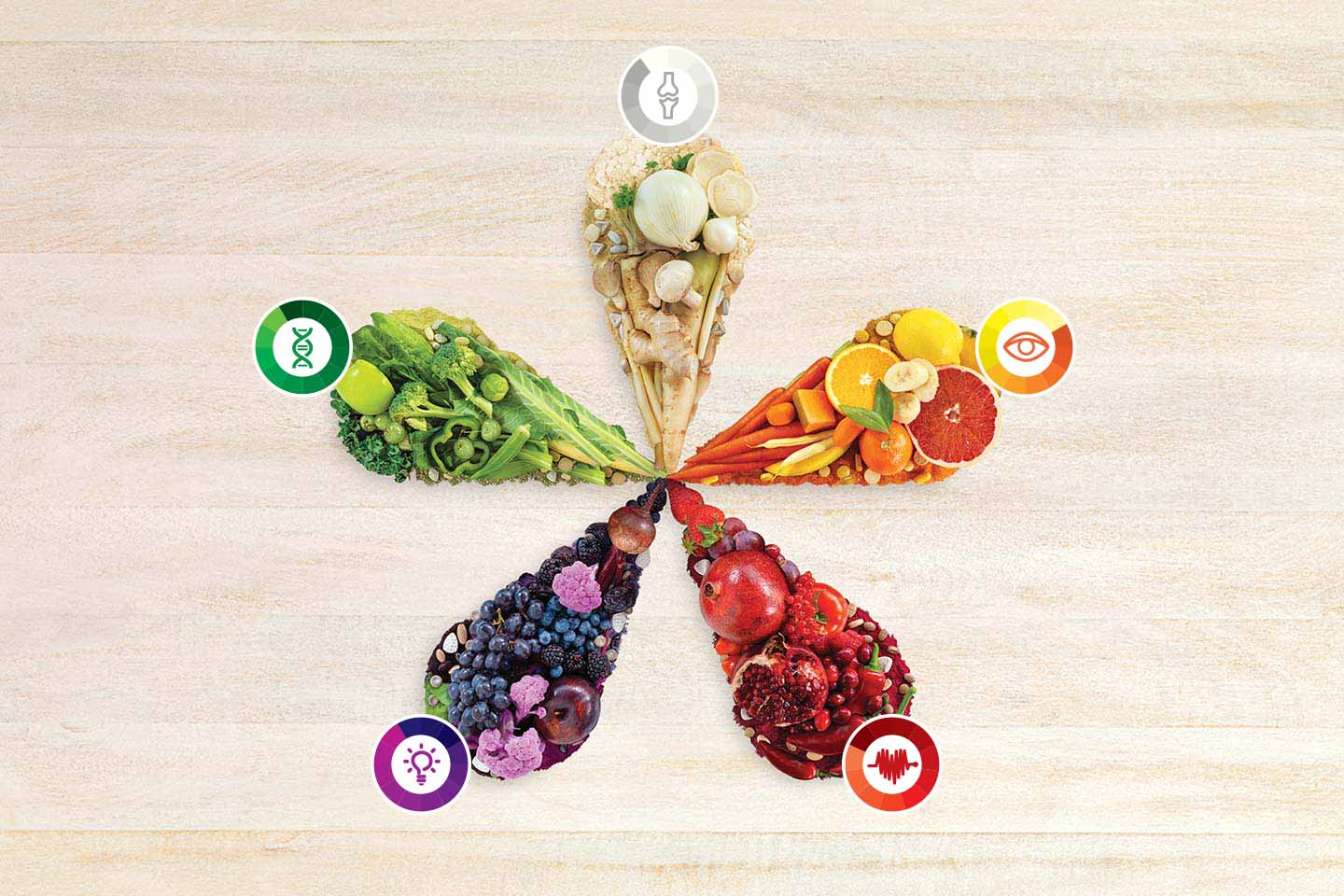
THE POWER OF PHYTONUTRIENTS
Phytonutrients or plant nutrients – found in a variety of colourful fruits and vegetables – help protect plants from physical stress and oxidation. In our daily diets, phytonutrients provide a range of health benefits, from promoting eye, bone and heart health, to supporting our immune system and brain function. By eating a variety of colourful fruits and vegetables, we can protect and maintain our health.
5 COLOURS A DAY IS THE OPTIMAL WAY
-

Brain Health
-

Vision Health
-

Heart Health
-

Cellular Health
-

Bone + Joint Health
-
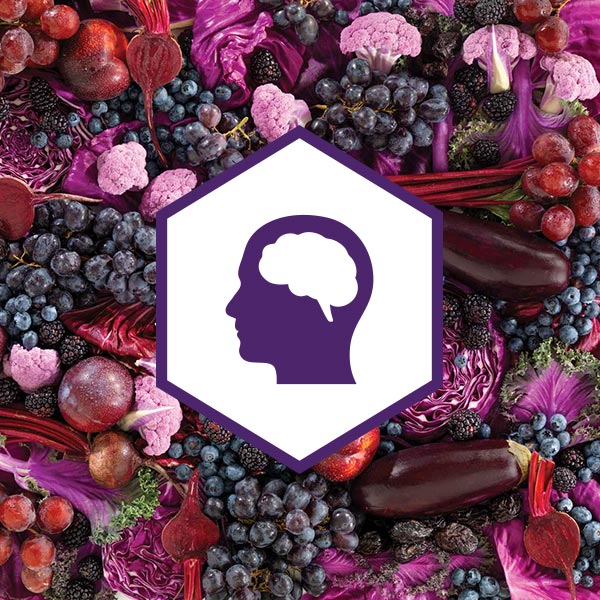
Brain Health
KEY PHYTONUTRIENTS
Purple fruits and vegetables contain the phytonutrients quercetin, resveratrol, ellagic acid, and many different types of anthocyanidins and procyanidins.
WHAT TO EAT
Grapes, blueberries, boysenberries, eggplant, purple sweet potatoes, plums, beets and blackberries.
-
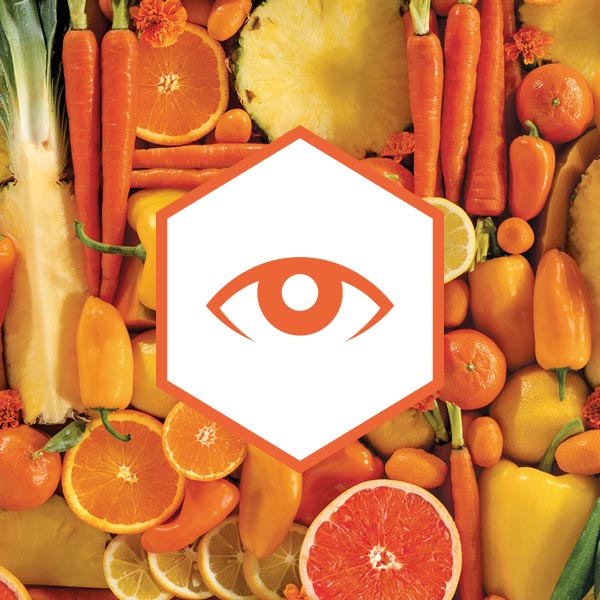
Vision Health
KEY PHYTONUTRIENTS
Orange and yellow fruits and vegetables contain the phytonutrients beta carotene, alpha carotene, beta-cryptoxanthin, lutein, zeaxanthin, quercetin and hesperidin.
WHAT TO EAT
Pineapple, lemons, passion fruit, oranges, cantaloupe, carrots, apricots, sweet potatoes, tangerines, squash, papaya and corn.
-
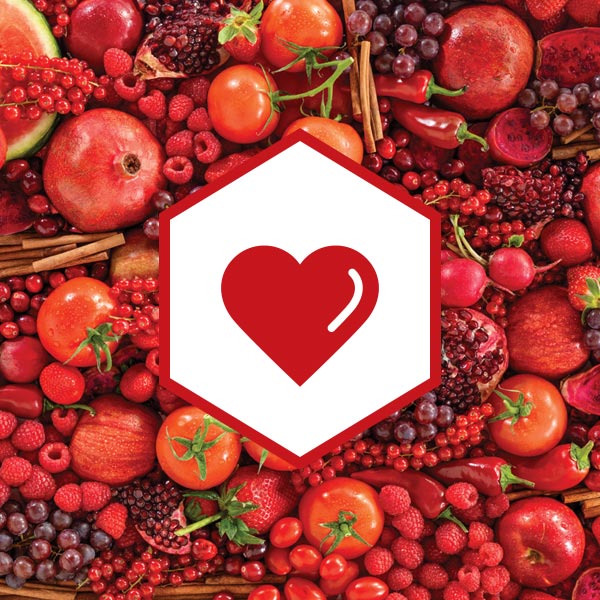
Heart Health
KEY PHYTONUTRIENTS
Red fruits and vegetables contain the phytonutrients lycopene, anthocyanidins, proanthocyanidins, beta carotene and ellagic acid.
WHAT TO EAT
Apples, cranberries, watermelon, pink grapefruit, guava, pomegranate, radishes, raspberries, strawberries, cherries and tomatoes.
-
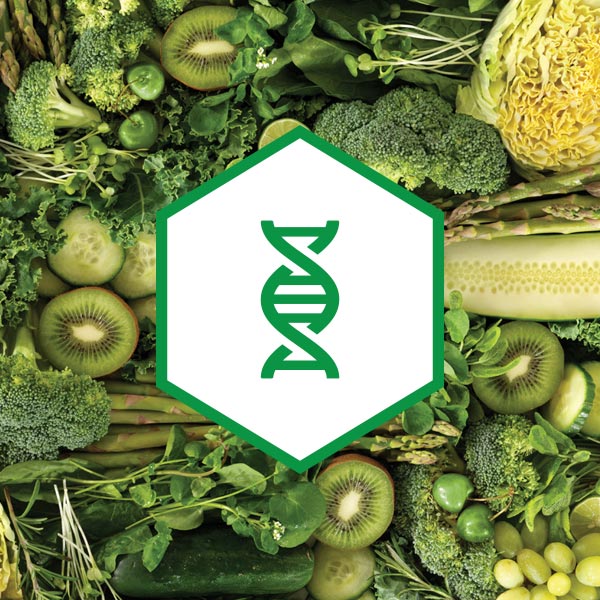
Cellular Health
KEY PHYTONUTRIENTS
Green fruits and vegetables contain the phytonutrients isothiocyanate, lutein, zeaxanthin, isoflavones, and EGCG, plus many more.
WHAT TO EAT
Kale, collard greens, spinach, green peppers, watercress, zucchini, broccoli, brussels sprouts, green beans, soybeans and green tea.
-
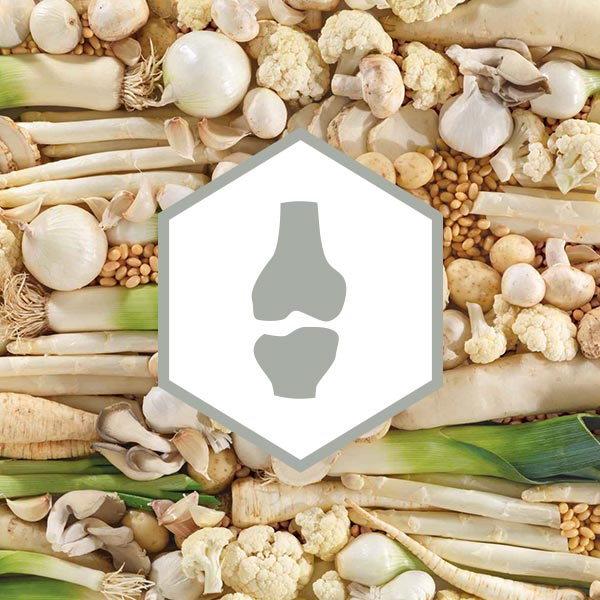
Bone + Joint Health
KEY PHYTONUTRIENTS
White fruits and vegetables contain the phytonutrients EGCG, allicin, isothiocyanate, quercetin and anthocyanidins.
WHAT TO EAT
Turnips, onions, mushrooms, horseradish, white kidney beans, parsnips, garlic, cauliflower, black-eyed peas and pears.
RELATED ARTICLES
Learn more about Nutrilite